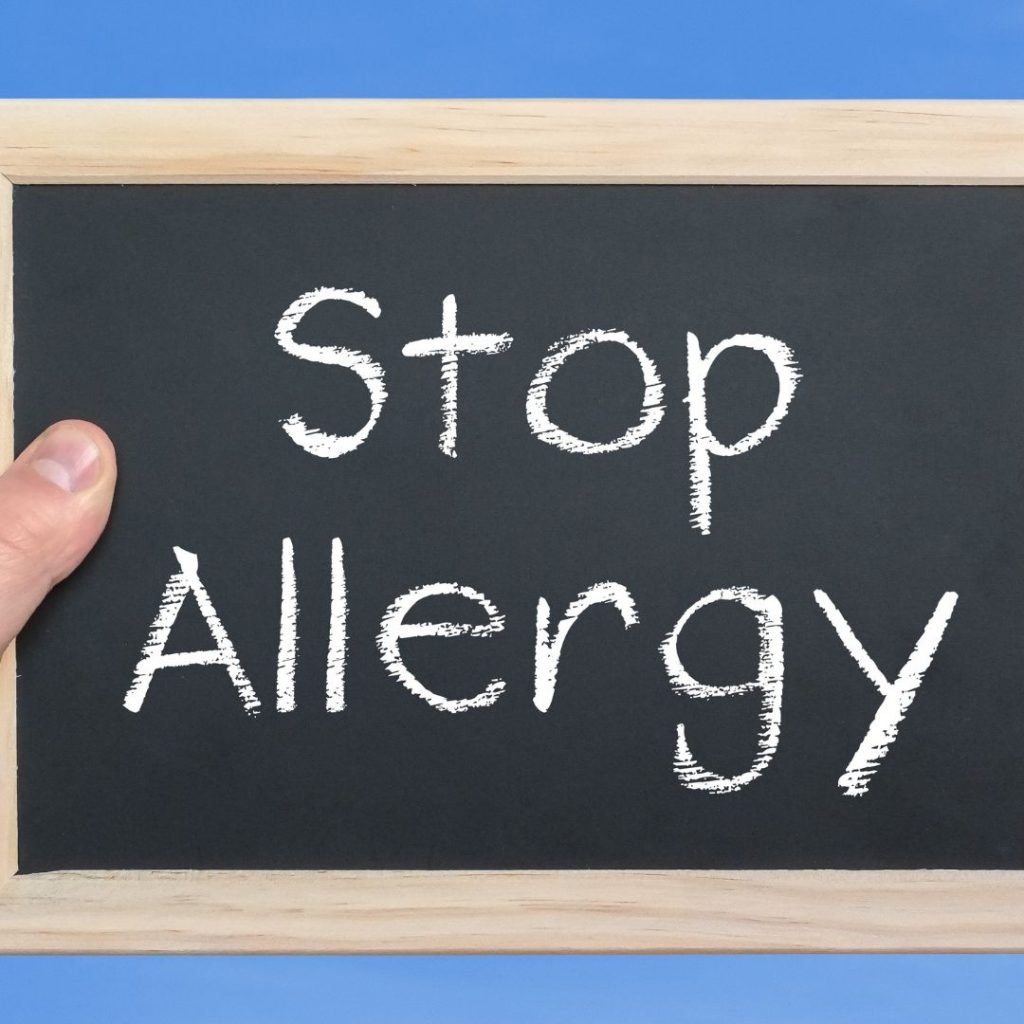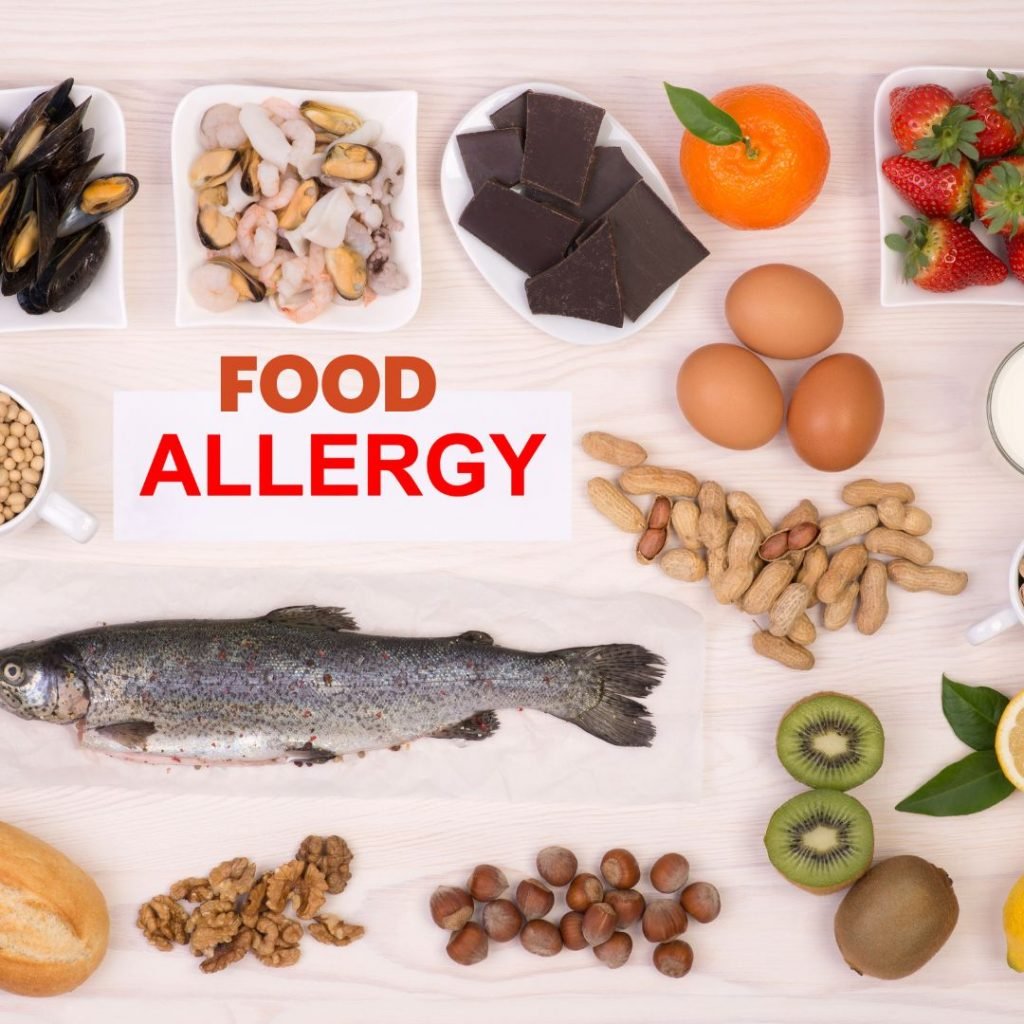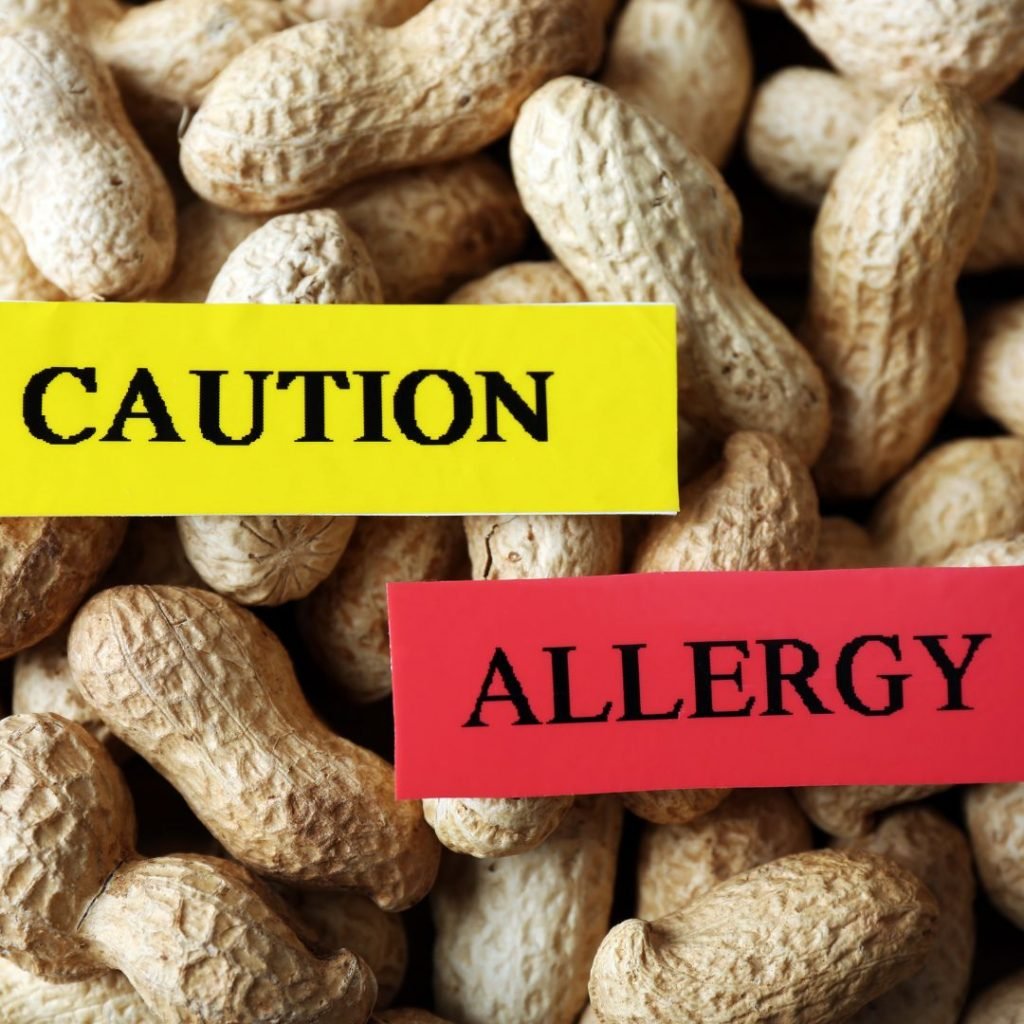
If you sneeze, cough, have a skin rash, or feel miserable, you may, then, be suffering from one of the types of allergies. The symptoms of these symptoms may be worse during spring and fall. So, for the sake of decreasing their health impact, managing the symptoms of these allergies has become a must. This is your ultimate guide for managing allergies.
Seasonal allergies are a common condition also called hay fever. Seasonal allergies occur only at certain times of the year, particularly in the spring, summer, or fall, depending on the substance a person is allergic to. Symptoms appear mainly in the lining of the nose (allergic rhinitis), or the membrane lining of the eyelids covering the whites of the eyes (conjunctiva), resulting in allergic conjunctivitis.
The term hay fever is somewhat misleading because symptoms do not occur only in the summer (when hay is usually collected) but may occur in any season, and do not include fever. Hay fever is a reaction to pollen and grasses.
Pollen levels that cause hay fever differ from season to season:
Spring: usually trees (such as oak, elm, maple, poplar, birch, juniper, and olive)
Summer: Weeds (such as Bermuda, timothy, sweet primrose, orchid, Johnson’s) and weeds (such as Russian thistle and English plantain)
Autumn: ragweed
Pollen seasons also vary from country to country and even from one part of the same country to another. In the western United States, for example, mountain cedar (juniper) is one of the main sources of tree pollen, from December to March.
A person may be allergic to one or more types of pollen. So pollen allergy season may start from early spring through late fall.
Seasonal allergies are also caused by mold spores, which can be airborne for long periods of time during spring, summer, and fall.
The symptoms of seasonal allergies can range from severe to mild. They include:

As for managing your seasonal allergy symptoms, there are several important steps that you will want to take, as recommended by health professionals. These steps are outlined below for convenience.
The first thing you should do is to know which factors trigger your allergies. When you experience a stuffy and runny nose, a cough, or chest congestion, there is likely something that triggers these symptoms. In most cases, the cause is pollen as well as mold.
After identifying your allergy-triggering factors, start looking for the proper treatment. Although some individuals are able to manage their symptoms on their own. Many others seek relief from medications and prefer to visit a doctor, especially if their seasonal allergy symptoms cause them pain or discomfort.

As previously stated, your doctor may prescribe allergy relief medication to you, especially if he or she thinks that your allergy symptoms are too severe.
If you decide to seek relief from your seasonal allergies without the consultation of a doctor, but still with medication, you will likely have to resort to over-the-counter products. But before using any product, make sure to read all information that is provided to you, including all warning labels.
Some over-the-counter medications can have side effects or react with others. If you want to make sure that the product you will be trying is safe and will produce positive results, you can contact a pharmacist or other people who suffer from seasonal allergies, or you can do some online reading about the issue.
In addition to the steps mentioned above, you should know that a lot of people are capable of getting relief from their seasonal allergies with natural remedies by taking small and easy steps. For example, The weather channels are known for outlining high pollen counts in certain areas. They often do so on their website and in live broadcasts. If high levels of pollen exist in your area, it may be wise to wear a protective mask or stay indoors.
Another tip that many individuals may ignore is checking their pets. Long-haired cats and dogs can get pollen and ragweed stuck on their hair, which can later result in making their way into your home.
As highlighted above, there are many steps that you can take to seek relief from your allergy symptoms. The good news is that it is easy to implement most of these steps.
Note: For more details about seasonal allergies, read this article.
Generally speaking, you can conclude that you are suffering from a food allergy if you develop hives or find it difficult to breathe after eating a particular food.
But to make sure whether you are suffering from a food allergy or not, you have to visit your healthcare provider. There you will undergo tests or trials to determine which food or foods you are allergic to if any.
Also, it will be a good idea to visit a doctor if you think you have a food allergy. If your doctor determines that you have one, he will provide you with information and tips on making a lifestyle change. This may include eliminating the food or foods that are causing your problems. Medication may also be given.

as previously stated, are a good indication that you may be suffering from a food allergy. In fact, hives are one of the most common symptoms experienced by those who suffer from a food allergy. They are easy to notice and spot.
If you develop hives, just use oatmeal to treat them. This is a great home remedy that involves taking a cup of boiling water and pouring it over oatmeal. Let them cool for a few minutes, then dab on the hives with a cotton ball or cloth. Although this home remedy will help with your hives, it is still important for you to determine which foods are causing them.
Swelling of the tongue and throat are two other common symptoms of a food allergy. Unfortunately, these symptoms can lead to breathing difficulties. If you ever experience these symptoms, try to seek medical attention right away. If you have never experienced a food allergy this can be important for you, as it may not be necessary for you to see a health professional.
This is another symptom of food allergy. It is a serious allergic reaction whose symptoms develop rapidly and can cause death. It is characterized by loss of consciousness, nausea, vomiting, throat or tongue swelling, lightheadedness, skin rash, a drop in blood pressure, and severe shortness of breath.
Those who suffer from food allergies, always feel lightheaded. If this happens to you, don’t hesitate to seek medical attention as soon as possible and before your symptoms escalate.
In fact, death can be the result of improper medical attention and care. That is why it is important to seek medical attention the moment that you suspect you have a food allergy.
Once you suspect that you have a food allergy, try to seek relief or tips on how to manage your symptoms. You must do the following:
The first step is to determine what you are allergic to with the help of a healthcare provider, who may do the following tests:
These measure the levels of IgE antibodies to specific allergens in the immune system.
In these tests, the skin is picked with a small number of possible allergens to see which of them triggers a body reaction.
In patch tests, a doctor checks for a skin reaction to a metal disc with a small number of suspected allergens that he taped to a patient’s back.
Sometimes these tests involve eating certain foods to see how you react to them. If you show a full allergic reaction or break out in hives you will now know what food or foods you are allergic to. Your healthcare provider may also advise you on how to do them at home.
If you try your own tests at home, make sure that you don’t do them alone. It is advisable to have someone with you who can seek medical help if you get a severe allergic reaction.
The second step is to immediately eliminate the food or foods that you are allergic to from your diet. You can do this once you have made a diagnosis and known which food or foods you are allergic to
This is extremely important as some food allergies tend to be more severe than others. For example, those who suffer from peanut allergies can die if they don’t use medication immediately, or if they don’t seek medical attention quickly. On the other hand, those who have pet allergies can decrease the symptoms by simply limiting their exposure to pets.

It is so important to note that there is hope for recovery, at least partially. You can achieve this by adopting a food substitution strategy. For example, if you suffer from a pet milk allergy or a wheat allergy, there are many alternatives that you can use.
In fact, most foods have at least one substitute that you can eat. For grains, you can use rice flour or cornflour. If you don’t like their taste, just be patient, as you will soon get used to them. If can’t, just look for more information about food substitutes online. You can even buy cookbooks or manuals that are designed for those who suffer from allergies.
Note: To know more about food allergies, take a look at this article.
A skin allergy means irritation of the skin after being exposed to a certain substance. Usually, this substance is natural and harmless to normal people but affects the sick person. It includes some types of foods, latex, pollen, and others.
Allergy to this substance occurs through the body’s immune system response after exposure to the allergen. This response is abnormal, as the immune system treats this substance as a threat to the body. Antibodies start a fight to help the body get rid of that particular substance. As a result, some symptoms begin to appear.
There are different types of allergies. They include:
This is a non-contagious type of allergy. It is often accompanied by rashes and dryness.
This type of allergy occurs when the skin comes into contact with certain allergens.
Urticaria is characterized by the sudden appearance of bumps of varying sizes.

This appears in the form of swellings in the inner layer of the skin. It mostly occurs in soft tissues such as the genitals, mouth, and eyelids.
Symptoms of skin allergy include the followings:
There are two main steps to follow in order to treat skin allergies. the first is to know the substance that causes your allergy and stay away from it, whether it is food or anything else. The second step is to use some medications that relieve symptoms, and that doctors rely on. These medications include topical corticosteroids, antihistamines, and skin moisturizers.
There are many ways that can enable you to prevent skin allergies. They are:
This step is the most important element in preventing allergies, as the allergens are the ones that cause allergy symptoms. These allergens may exist in different types of foods such as strawberries, mangoes, and others. They may also exist in some detergents and materials that contain chemical substances such as glue which is used to make shoes.
Before taking any known on-the-counter allergy medications, go to the doctor in order to identify the type of skin allergy you are suffering from. To achieve this purpose, the doctor may ask you to do some allergy tests. Then, he will tell you what to do and what not to do so as to avoid being impacted by this sort of allergy.
Note: For more information about skin allergies, please don’t hesitate to read this article.
Leave a comment